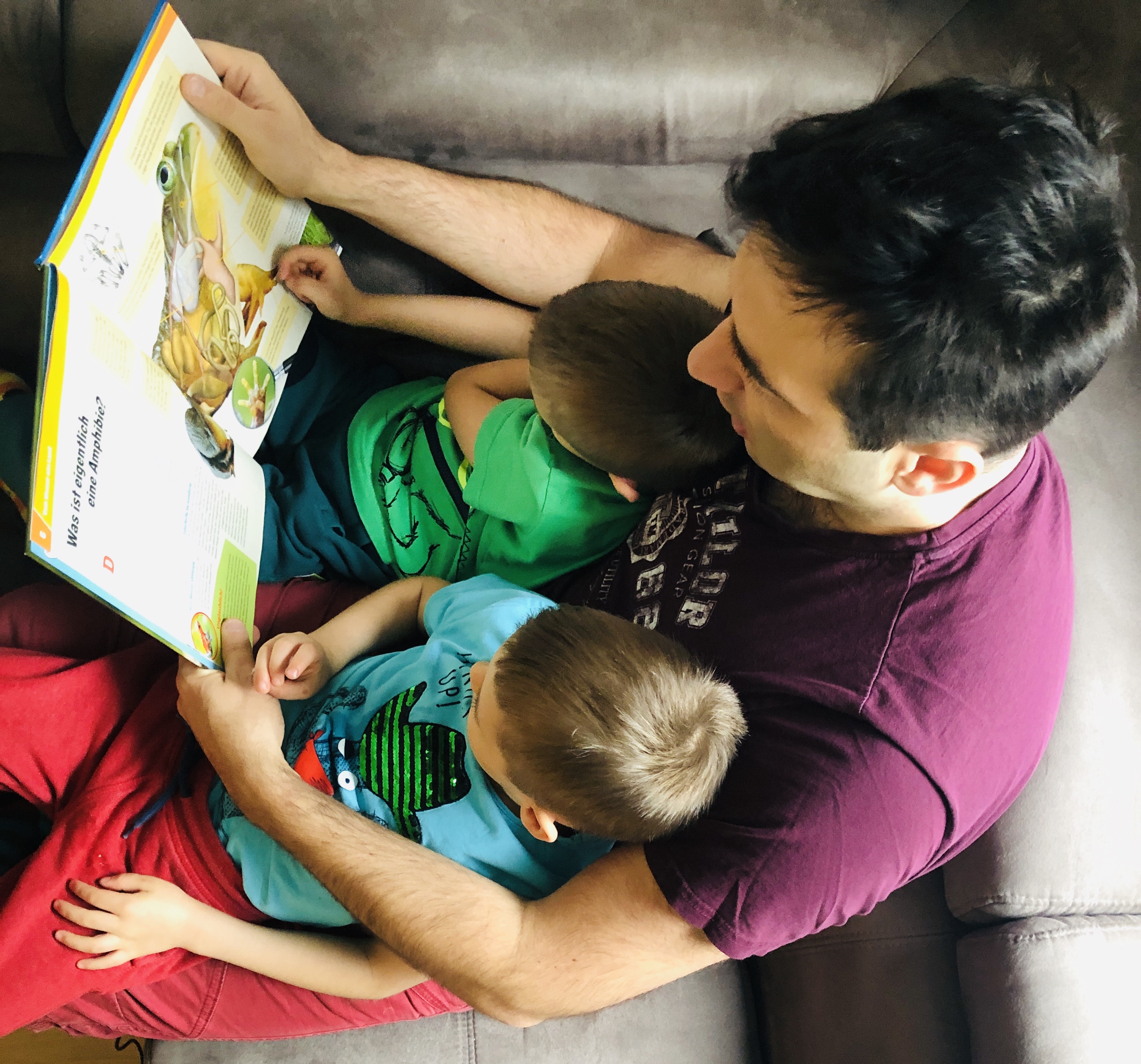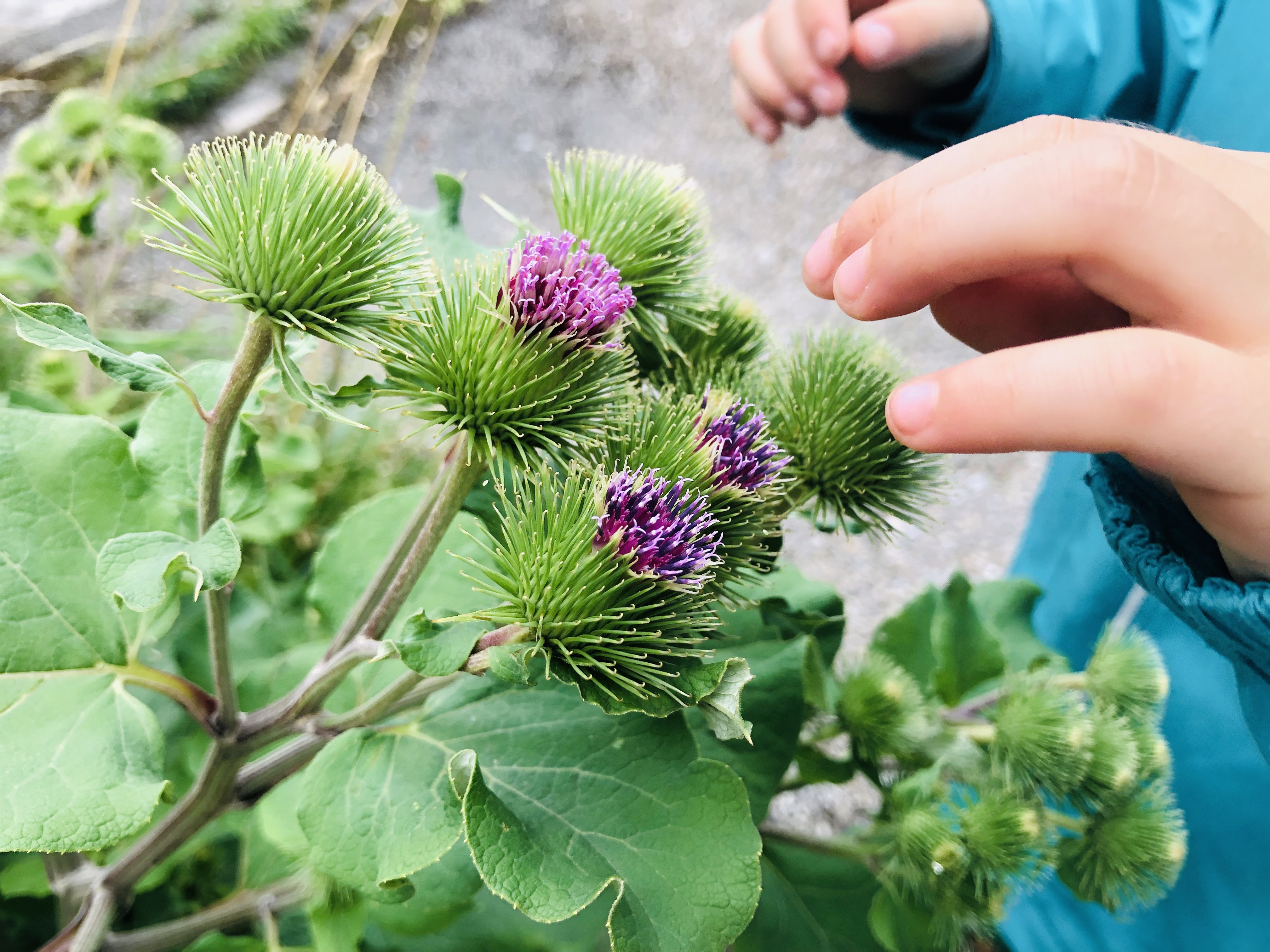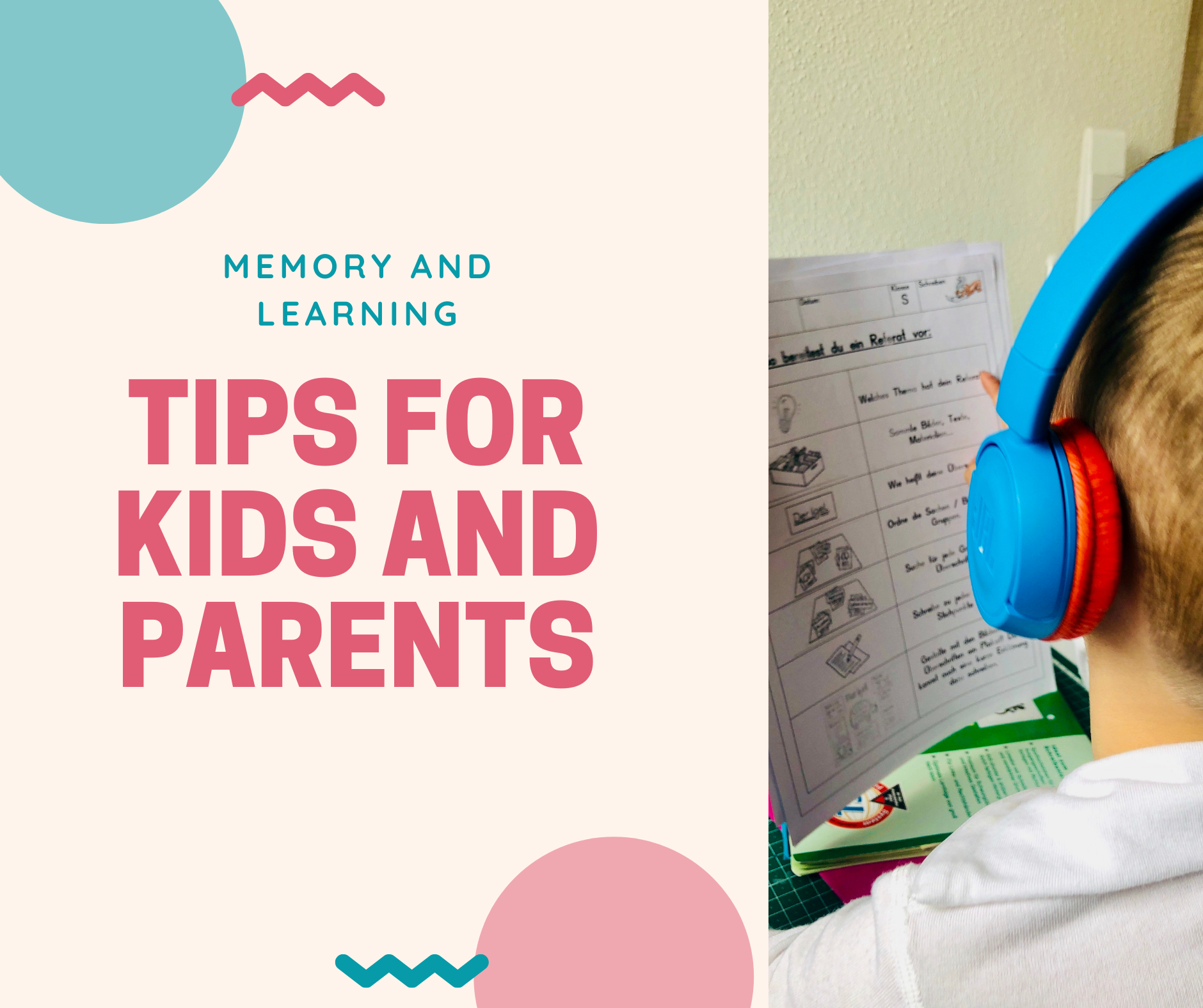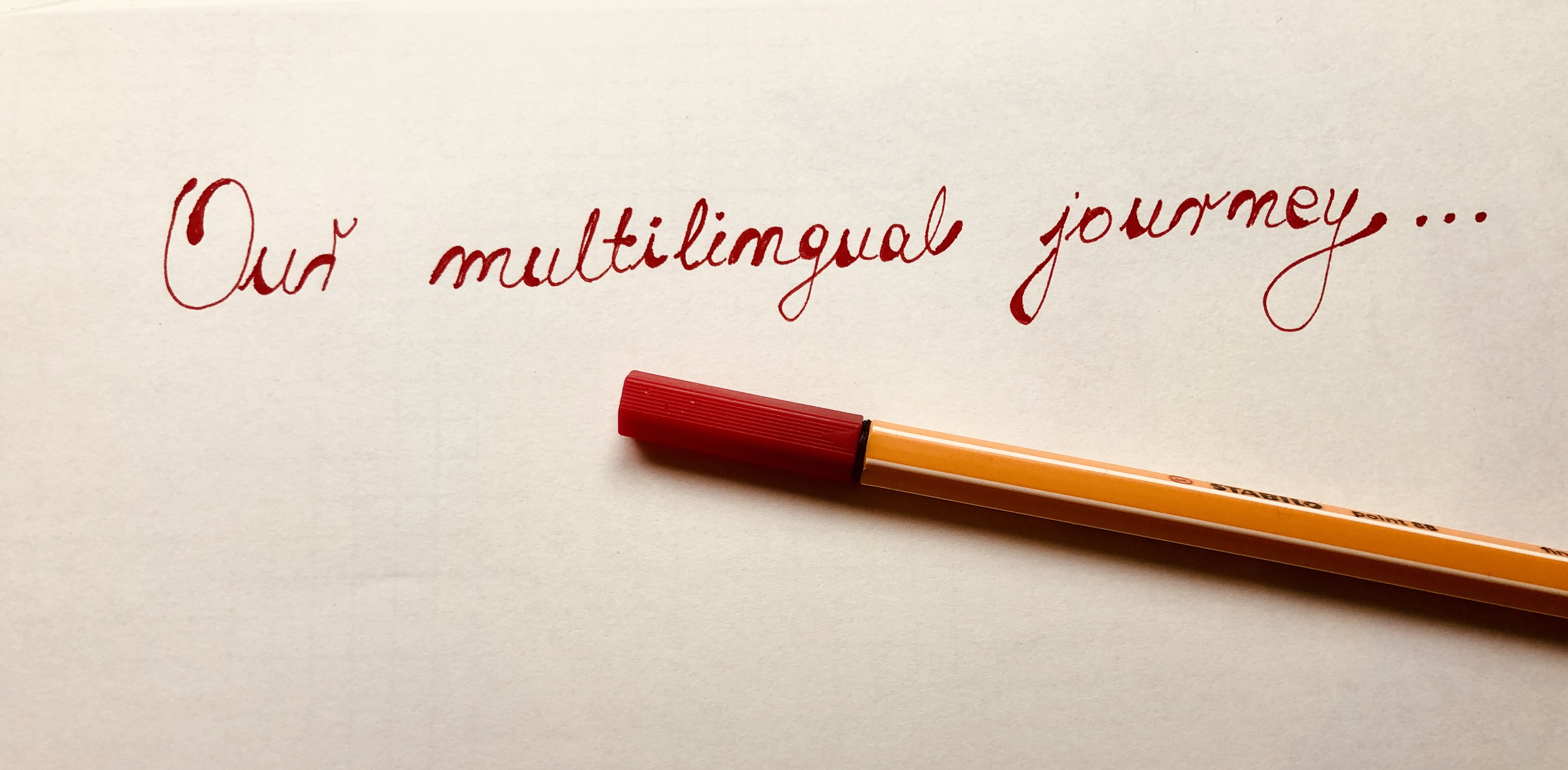How do Children Acquire Languages?
Language development is one of the most impressive and fascinating aspects of human development. What's even more amazing is the fact that there is a high degree of similarity in acquiring a first language all over the world. This means that children with different first languages (mother tongues), whether it's Croatian, German, English, French or any other, follow similar developmental sequences. And it all starts even before they are born! Infants can recognise the language that was spoken around their mother when they were still in her belly. Even the youngest babies can hear the difference between sounds that sound very similar, such as "pa" and "ba". And as soon as they can speak, there is a huge chance they will make sure you don't say "musli" but "müsli". So, yes, language development is astonishing. Before we dig a bit deeper into language acquisition, here are a few interesting facts about different languages:
- Japanese is one of the fastest spoken languages (7.84 syllables per second).
- The longest word in the English language is pneumonoultramicroscopicsilicovolcanoconiosis (lung disease – 45 letters).
- Mandarin Chinese is the largest language in the world when counting only first language (native) speakers.
In this article read more about:
Language development
There is so much joy in listening to the sounds made by a three-month-old baby. These so-called "comfort sounds ", are usually produced in response to pleasurable interaction with a caregiver. Then you find yourself having ba-ba-ba babbling conversations with your 7 months old baby. Before you know it, you are looking for a switch to turn off their speaking mechanism just for one. Single. Minute. Please.
So, if we focus on the production side, that is, what babies and children `say`, the language development looks like this :
| stage | typical age |
| Babbling | 6 - 8 months |
| One-word stage or holophrastic stage The child can say "words" such as: ma-ma, da-da | 9 - 18 months |
| Two-word stage The child can say sentences such as: more water, no eat and speaks about 50 or more words | 18 - 24 months |
| Telegraphic stage or early multiword stage The child is still mostly understood only by his/her parents and caregivers. | 24 - 30 months |
| Three to four-word sentences, sequential narratives Questions, What, who, where, why? Speech 75% intelligible | around 36 months (3 years) |
| Complex sentences The child reports on past events, creates imaginary roles, wordplay, jokes, teasing | around 48 months (4 years) |
| The child recalls parts of a story and uses the future tense Narratives have plot Speech is almost 100% intelligible | around 60 months (5 years) |
Important: Not all children reach these, or other, developmental milestones at the same time!!
However, what all children need for their language to develop is a lot of social interaction and a language-rich environment. This means that children should have many opportunities throughout their day, across all activities, to communicate with others and engage in back-and-forth interactions. In other words, a lot of talking, singing, and reading is a way to foster their language development. Even though babies and most toddlers don't interact meaningfully using words, because they still possess minimal vocabulary, it doesn't mean that they don't "talk" back. They just use other ways to express themselves, such as gestures, crying, babbling, cooing, and smiling.
There is so much to do with languages! Now we move on to what parents can do to help children develop their speaking skills, and here are some activities you could do to encourage the development of the reading skill.
What can parents do?
That moment when children replace pointing and occasional screaming with pointing and saying “that” is just amazing, isn't it? And before you know it, their sentences seem never-ending. But, before they can say anything (output) children have to hear (input). And here are:
10 activities to encourage speech development
1) Talk.
This formula is pretty simple: the more you talk, the more words your child receives. Exaggerate when you see something interesting, whisper and make funny voices. Talk to them when you are breast- or bottle feeding them, and whenever you are doing something. Whether it is changing their diapers, bathing them, always talk to them about what you are doing. Yes, it probably looks funny when you walk around the house, describing your every move to the kid.
2) Add language.
When you are outside, and your child screams “wa::ter” like it's the most fantastic thing ever, follow and be just as surprised. It is a good idea to add more words. It is important to feed in the language, and not force it out.
Child: Wa::ter.

Adult: Yes, deep water. It is a puddle. P for puddle.
3) Ask questions.
The importance of questioning is explained in more detail here.
4) Sing.
And if you think that you are hopeless at singing, you can listen to songs together. Singing (no matter how horrible you might think you sound) is also a way to bond. Songs focus on intonation and stress and have a beat to them. These elements help with aspects of speech development.
5) Read. Read. Read.
Did you know that parents who read one picture book with their children every day provide their children with exposure to an estimated 78,000 words a year? Now, if we do some

6) Play games.
Whether it is building a tower, I spy or role-playing, use as much language as you can. There are a lot of language opportunities for speech development:
Adjectives: this tower is higher than… big red firetruck… this is a complicated task…
Verbs: let's build a castle… jump from that tree log…
Prepositions: put this on top… under the chair… hide behind that tree…
7) Go outside.
Nature provides countless opportunities for language and speech development, from

8) Tell stories.
Besides fostering speech development, make-up stories you tell your child can also provide excellent bonding time. Let your imagination run wild, use different voices, be expressive and dramatic.
9) Arts and crafts.
You can use different arts and crafts activities to describe what you are doing, which colours you need, explain what needs to be done. And don't forget to ask questions. The same goes for little projects.
10) Travel.
Plan your trips and pack your bags together.
OK, packing with your toddler can be


